WARNING: Text wall ahead, if you detest reading, please read something else.
Some time ago, I found this video linked below about benchmarks that sets a talking point, on how benchmark comparing can result in companies using malicious compliance to make their products sound better on paper than competitors. The video is made to reason how results from even from the most reputable of measurement companies, using the fanciest and most exorbitant-priced apparatus, is a somewhat misdirected move for consumers. (I advice watching the video, especially if you are a “phone” enthusiast)
In the video, Arun (the creator) basically broke the reasoning down to 7 main points on how benchmarks are a leap backwards in the smartphone camera industry.
Smartphone features are evolving (too) quickly (don’t use outdated syllabus for exams, eg)- Withholding
- Grey Areas (Things that never get considered when evaluating the score)
Microphone quality isn’t considered- Conflict of interest (Mixed with Ripple Effect)
- Ripple Effect (Improvements in the wrong ways to look better on benchmarks)
- One number isn’t enough (Very often used in LTA marketing shenanigans)
Well, obviously reason 1. and 4. are irrelevant and specific to the camera and smartphone industry, but the 5 other reasons italicized are reasons I really want to touch on, as they show how whatever numbers on a spreadsheet cannot always objectively decide if service standards are heightened. Basically the caveats of letting mere charts decide service quality.
As the video ended, it got me thinking, I quickly thought of LTA and their wonky metrics used to determine whether a bus service. Similarly, was and is still today not “improving” the bus services for the commuters, yet under MOT and LTA standards, made bus services an upgrade “for the better”.
Withholding
This basically means how companies only choose to improve because they need to, not because they want to. In the smartphone world, the example provided by Arun was on how Huawei unethically withheld their newer phone models’ benchmark scores when one of their older phone model still was still the kingpin of smartphone cameras. Their plan was to “release the Huawei Mate 20 Pro (successor)” when it was overtaken, and continue claiming the throne to the industry.
Similarly, the Bus Contracting Model (BCM) today can be observed to withhold better bus services, both in terms of infrastructure and services provided, from receiving tangible improvements unless one waits 5 to 7 years. The Bukit Merah Bus Package is an obvious candidate of that. Let me explain
In the package, SBS Transit rolled out improvements (I am talking about things the commuter can experience, don’t ramble to me about safe driving cameras and whatnot) such as interactive panels at Harbourfront, and Bukit Merah bus interchanges, free umbrellas loaning scheme, and of course, free Wi-Fi on-board all Ulu Pandan (White UPD sign) buses. The issue I have does not fall into these initiatives taken by SBST, but rather, WHY didn’t the rest of SBST-controlled packages also see improvements? Why no free Wi-fi on other SBST buses? Why isn’t their interactive panels at Tampines, Boon Lay and other towns which see much, much higher footfall? To sum it all up, it seems ridiculous to me how upgrades to bus infrastructure is high-hanging fruit for every half a decade. I thought the whole point of the BCM is for operators to provide “better service” and “react to changes quicker” (adapted from LTG on the BCM article)!

Grey Areas
This basically refers to things the benchmarks don’t count, but make a palatable difference to the end consumer, something worth mentioning here.
There are many things LTA uses to score Public Transport Operators on bus packages, train service provisions. Such as the On-Time-Arrival (OTA) and Excess Wait Time (EWT) measurement tools (Debunked here by AMC: Know What You Measure) for buses. Mean Kilometers Before Failure (MKBF) used for measuring train services. This all seems fine and dandy on paper, but in practice, it makes some PTOs feel unrepresented for their “extra mile” efforts.
For instance, SMRT has some of the best bus captains (or at least used to before TTS swiped them). Uncle Rickee, Pilot Bus Captain, that one Captain that always has his umbrella ready to shelter commuters into the bus without soaking themselves, are a few that come to mind.

That was a rhetorical question by the way. As such niches don’t fall under the LTA’s yardsticks, they ultimately are not considered when evaluating an operator’s score, which feels quite misrepresentative given that bus captains play an integral part of public transport.
Conflict of interest causing A Ripple Effect
With LTA (and politicians) that only drive cars wanting to improve their benchmark scores (to hit that Key-Performance Indicator for another promotion of course!), it is not far-fetched to think public transport, and basically every non-private form of transport, will see the wrong improvements come about; an unintended consequence of using comparisons (to the air, because comparisons are rather unspecified)
Don’t get me wrong, Singapore’s public transport will need to improve to cope with our growing population, locals and foreigners alike, as well as soak up the rest of those still in their cars in 2040. However, the mere existence of these measurements could heavily hamper our transit developments in the wrong ways.
One such case of letting benchmarks being the set-and-stone way of deciding the degree on how well done transport infrastructure is, that Tehsiewdai had also pointed out, is Singapore’s bicycle infrastructure. We often see our politicians shove random numbers, of the alleged length of cycling paths in Singapore.

However, the reality is that these car owners planning our transit infrastructure, fail to realize, is that those impressive “from XXX to XXXX cycling paths” do not translate into a better cycling experience in the perspective of bicycle riders, given how they are more of “checklist” infrastructure, to make the statistics on LTA’s part look good in the news outlets, rather than being built for its namesake; a bicycle path safe from danger.


And of course, almost like something out of a slippery-slope fallacy, LTA’s staff then act so surprised when they see “rogue” riders on the much better maintained footpaths and properly-paved asphalt roads, and the LTA would celebrate like a Hail-Mary with the Police whenever they punish such people under the law.


This can also be easily seen for bus services/rationalisation, under how LTA scores bus operators. I won’t dive too deep into it as AMC has already mentioned how much we should ire LTA for prioritising consistency over frequency. (To TL;DR it with in my words, punishing operators for running more frequent services [eg. off-schedule deployments for On-Time-Arrival services] or being generous in services to the public [i.e. 5 minute frequencies on services supposed to be run at 15-minute intervals], is hands-down stupid.)
In fact, going slightly off-tangent, Tower Transit loves to ditch buses into the storage oblivion, as keeping more buses is a “punishment”, as the company would have to pay higher leasing fees. Yet not leasing additional buses from LTA would result in the unleased buses mothballing in storage. This is one of many examples of how LTA’s unnecessary race to make bus operators “do more with less” benchmarks actually makes bus services for the common folk worse off than before.
One Number Isn’t enough
Enough about non-stop yakking about a 20/45 minute city, when it is as discernable as some ancient scrolls. I mean, take a look at the LTMP 2040 posters, can you break down the details of the 20/45 minute city part from merely this poster alone?
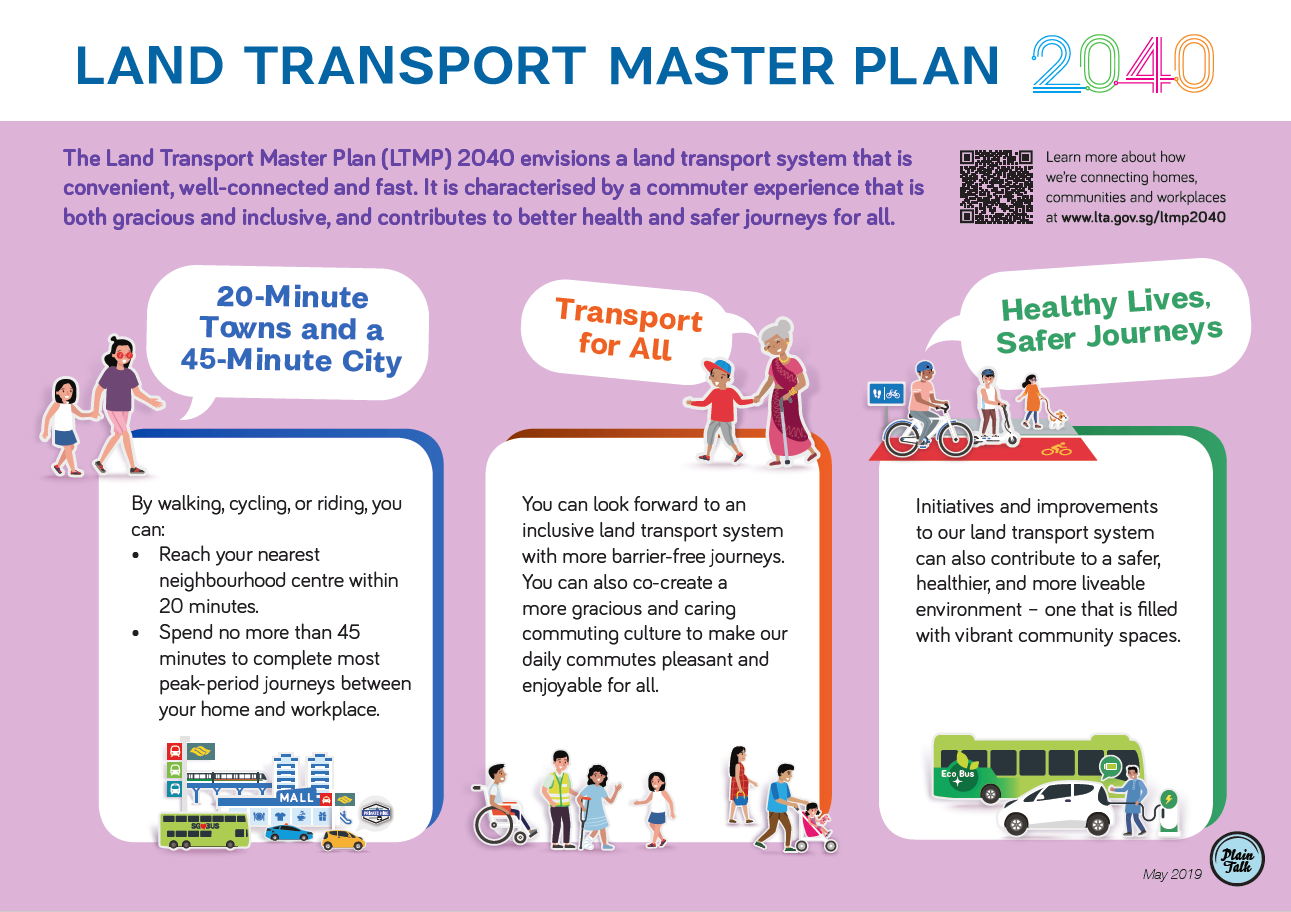
For those that do enjoy staring at text walls of bureaucratic government mission nonsense, here is the link to the LTMP 2040 PDF.
Sure, from a marketing perspective, it would be enticing to make complex marketing material full of buzzwords with very little meaning. But sooner or later, the truth will always be revealed to the public. (Off-tangent) Much like the C151A fiasco, it would only be a matter of time before the harsh reality uncovers itself, resulting in serious consequences. In the case of the C151A fiasco, it only reinforced the Sino phobic thoughts embedded in many Singaporeans.
In the case of the LTMP 2040, what can you predict will change about our “walk, cycle, ride” to get to destinations “in no more than 45 mins of travelling” and 20 mins for town travel? Even today, I can barely feel anything done to speed up travel times by non-car commutes. If anything, they are currently (2022) going in the opposite direction, with countless road expansions and adding another victim to the “up-branding” issues that plagues our identity-crisis Integrated Transport Hubs.
The Solution?
It is pretty obvious that LTA, or most of us only compare when the narrative suits us, which in the case of LTA is to phrase “service improvements”. I instead say, rather than trying to compare some “15 minute” time savings blindly shortsightedly, we should instead set a bigger yardstick to use a better basis for comparison.
What do I mean? I mean rather than overconfidently boast about insignificant time savings from a new MRT line. We instead should be using the world-class method of making public transport the preferred way to travel for all Singaporeans.
(Note: From here onwards: I am going to talk about benchmarks geared towards making Public Transport as good as Singapore’s (today’s) car travel, I will turn a blind eye to “free WiFi” and other gimmicks)
What am I talking about, is comparing our public transport to this:
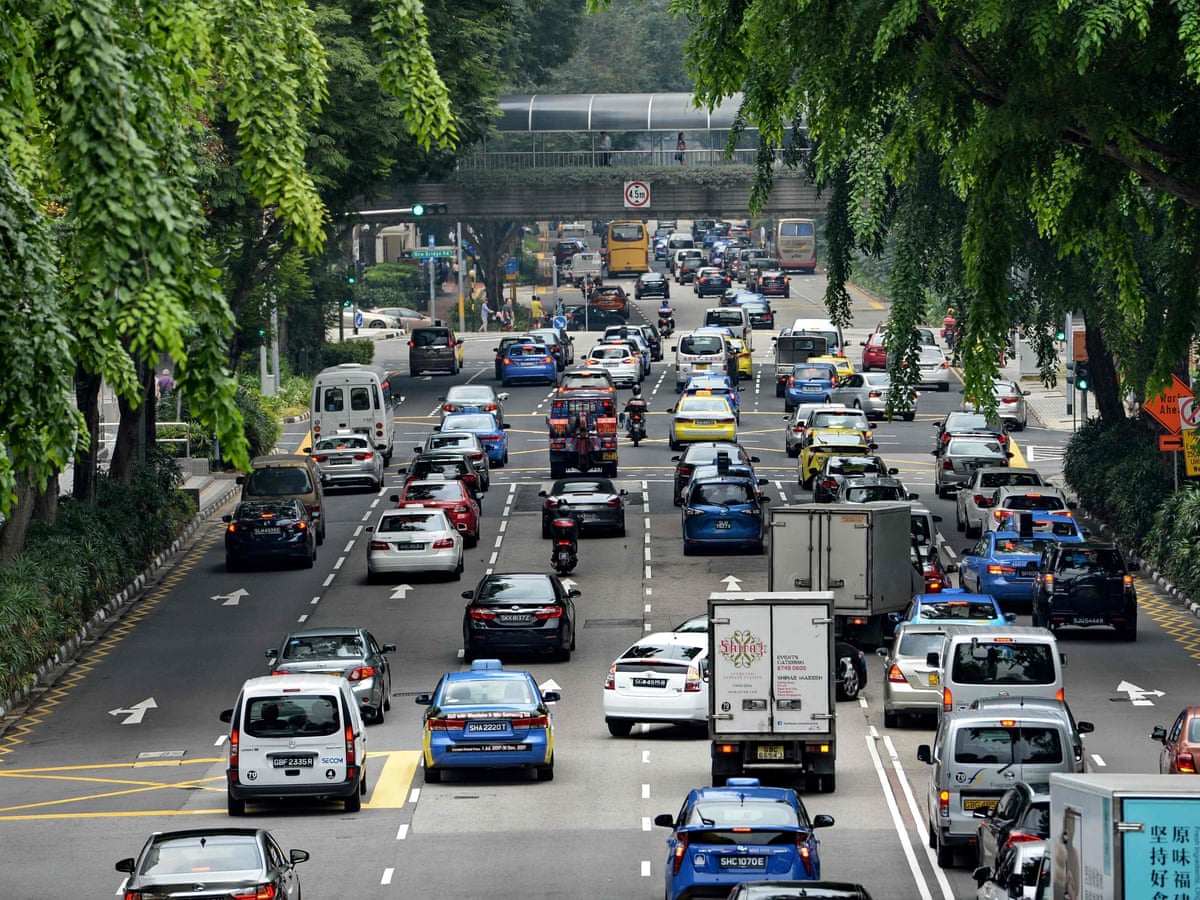
1st Solution, setting the correct yardsticks! One made to stringent standards: Quick reality check to the government: No matter how much time that new MRT line saves over the old MRT-bus route, if a car is still faster, the average Singaporean would take it any day over our “First-Class public transport” if not for the 6-figure premium separating them from it. Given that nobody, really nobody except underage people would want to arduously meander through hour-long commutes that can be cut short with a 15-min car drive/ride!!!
In other “car-lite” countries, we can easily see that their public transport rivals the automobile, and sometimes can beat taking a car in terms of time.


With an example made to such strong standards as seen in the pictures, one can easily feel the stark contrast of comparisons compared to a miniscule travel time reductions that LTA conservatively touts. And also clearly dictates where the rooms for improvement will be best felt and how to go about it
2nd Solution: Different Solutions call for different needs!
What if? Instead of focusing so dang hard on painting some roads with yellow paint, we instead, emulate what “people-first” public transport operators in China do?
In the country, bike lanes being mandatory infrastructure on virtually every part of the country means they would be built to high standards. Best of all, Local authorities DON’T KICK UP A FUSS/BRAG OVER HOW MUCH PATHS HAVE BEEN BUILT.
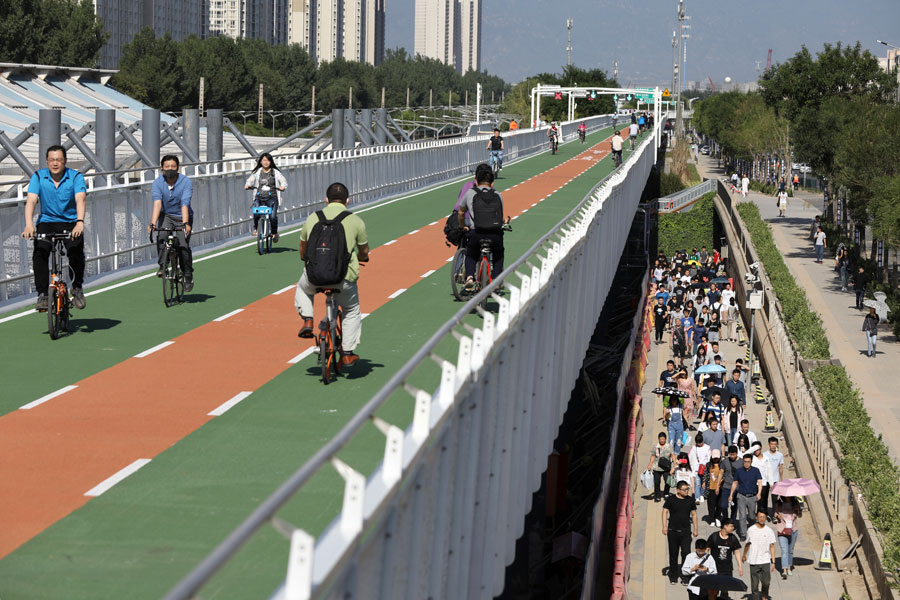
To find out whether Singaporeans are satisfied with public transport, cycling and walking infrastructure. Well the annual conducted Public Transport Customer Satisfaction Survey are should be where to look out for whether things improved or worsened. With just an addition of a walking and cycling section, it is much more representative of whether our public transport was better in the early days or the present.
3. Anti r/MaliciousCompliance
While I don’t have a concrete way to go about it, it is pretty simple. Ensure hard standards implemented are not achieved through some shoddy loophole. Take bike paths for instance, we need to stop labelling a 1 meter wide bi-directional path as a “proper cycling path”, and that also includes improving the soft standards to a satisfactory level, perhaps some ministers need to start using the cycling paths and figure out if they like them?
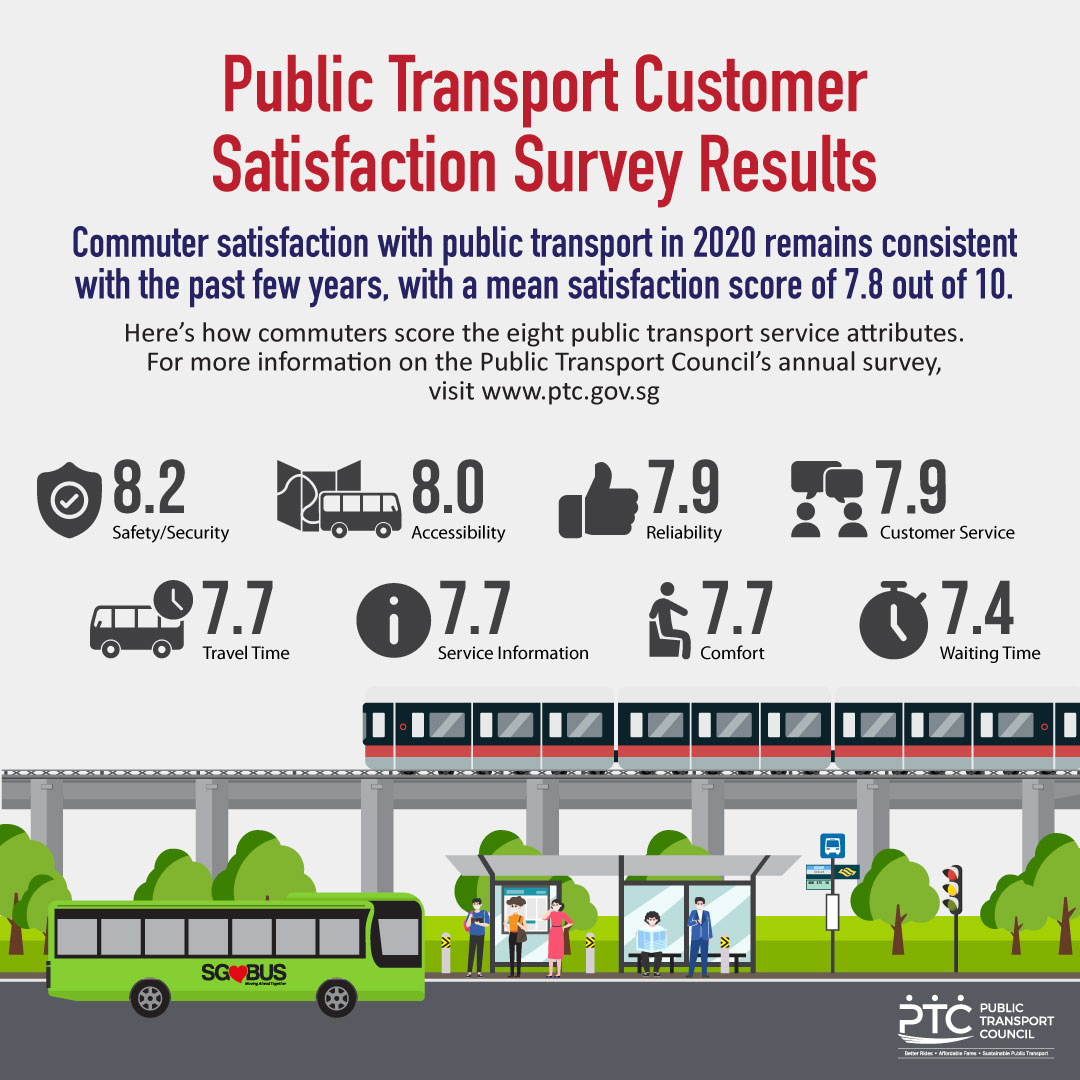
Ending:
To conclude, I don’t like benchmarks, at least the way they are used in Singapore Urban Transit context anyways. They often are manipulative, made to fool the naïve that don’t read too far into the statement.
Currently, the newest edition of “doomed-to-fail” LTA projects are Transit Priority Corridors, with the LTA targeting to grow it to an arbitrary 60km (while blabbing on how there is less than a kilometer of it in existence somewhere). One should definitely be wary if LTA is spouting more fallacious nonsense. So I urge everyone, to get as many friends and family on-board to dispel the LTA’s nonsense that benchmarks trick the common folk into.

UPDATE
As of 30 November 2022, the LTA has once again priortised their KPI standards, and painted over pedestrian paths in the Central Business District (CBD), not to make non-car commutes better, or benefit people walking, but to demarcate pedestrian paths as as “cycling paths”! Hence, the boulevards in the CBD continue to remain car-first, and I don’t even know why people overseas tout us as “anti-car” anymore.
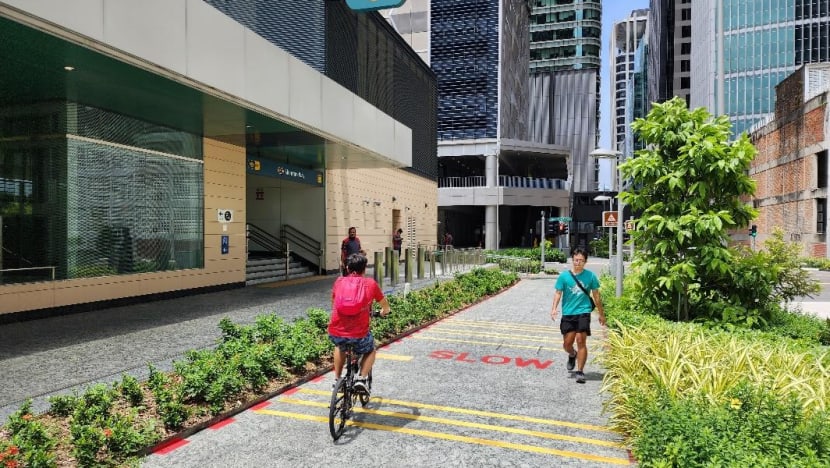
Glossary for non-local readers:
- BCM – Bus Contracting Model
- LTA – Land Transport Authority
- LTMP – Land Transport Master Plan (Meaning the LTA’s “visions” of the future of Singapore)
Subscribe now to the SG Transport Critic to genuinely shape a car-lite Singapore.

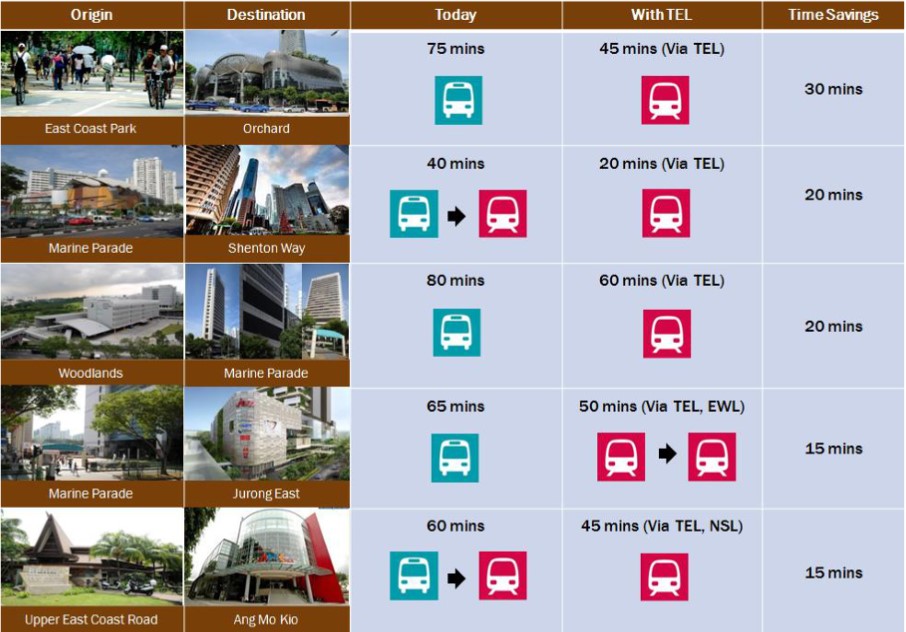
agreed
LikeLiked by 2 people